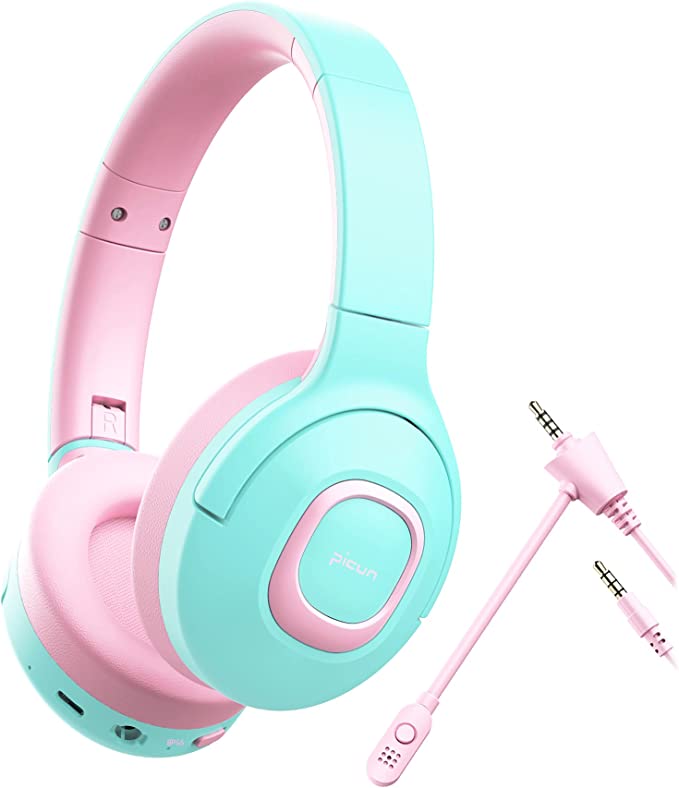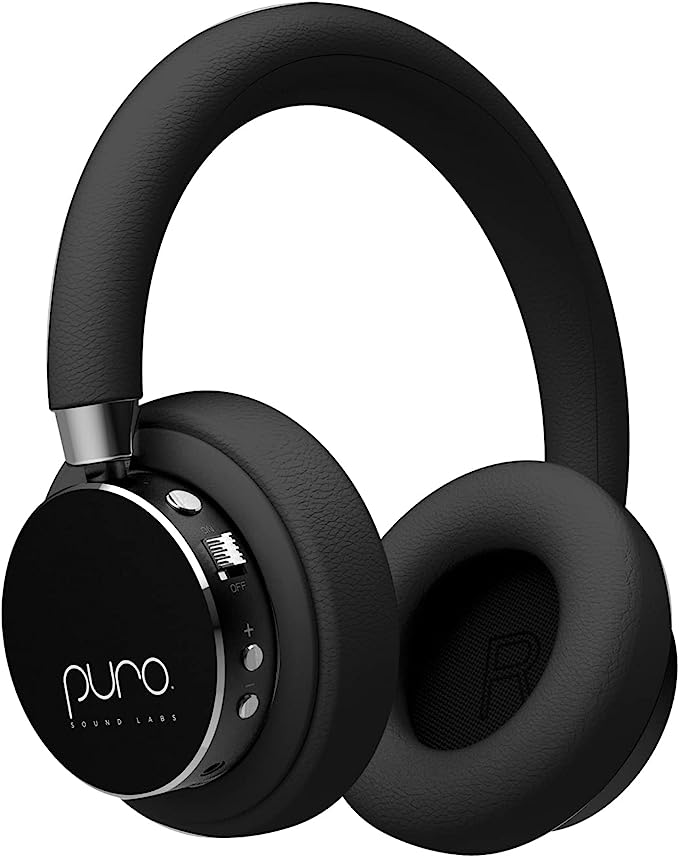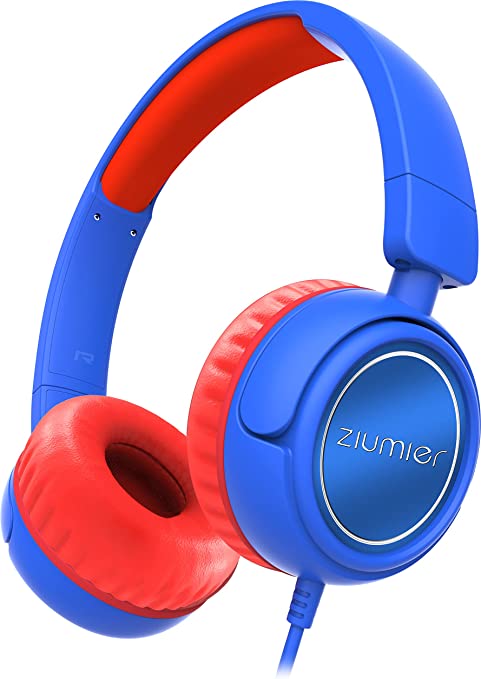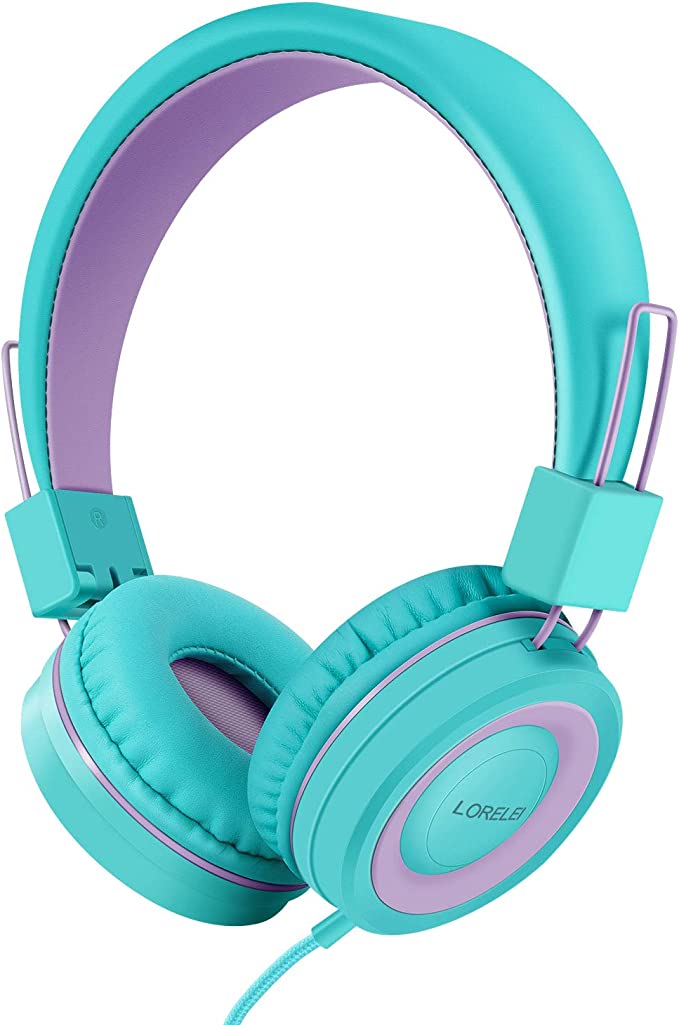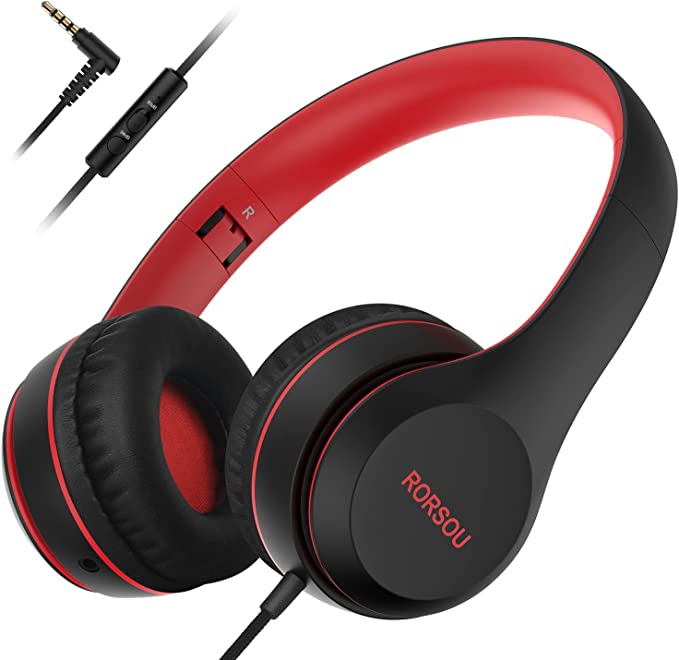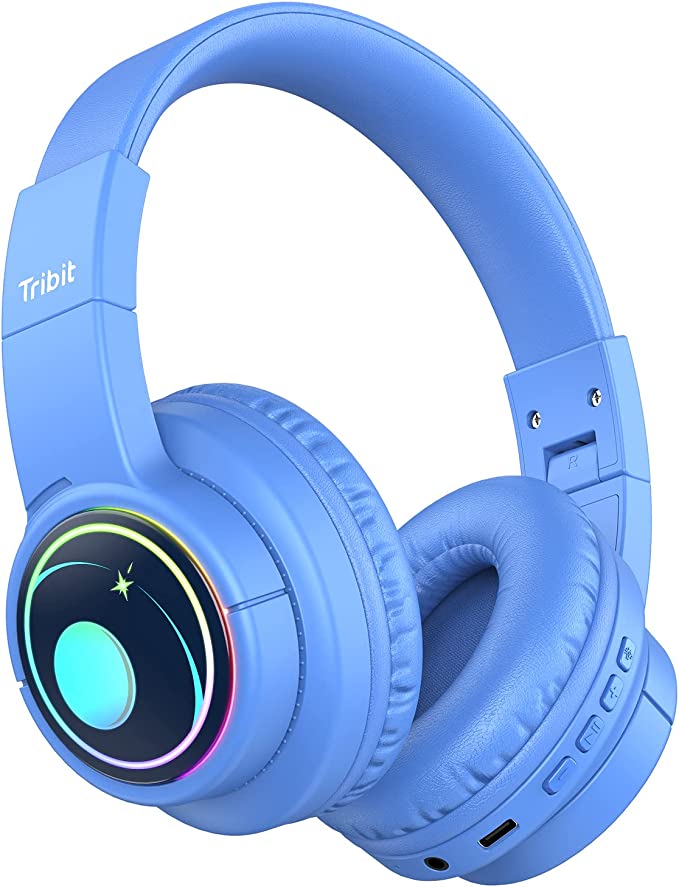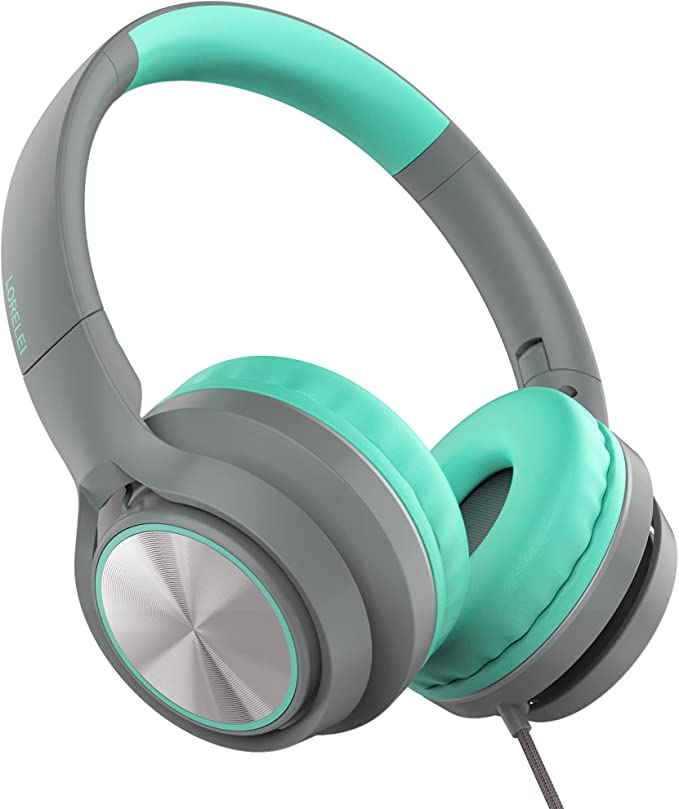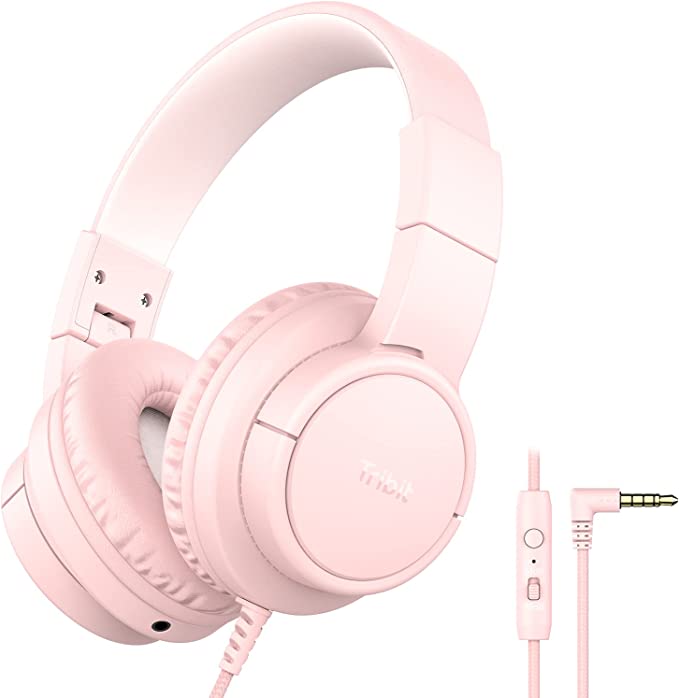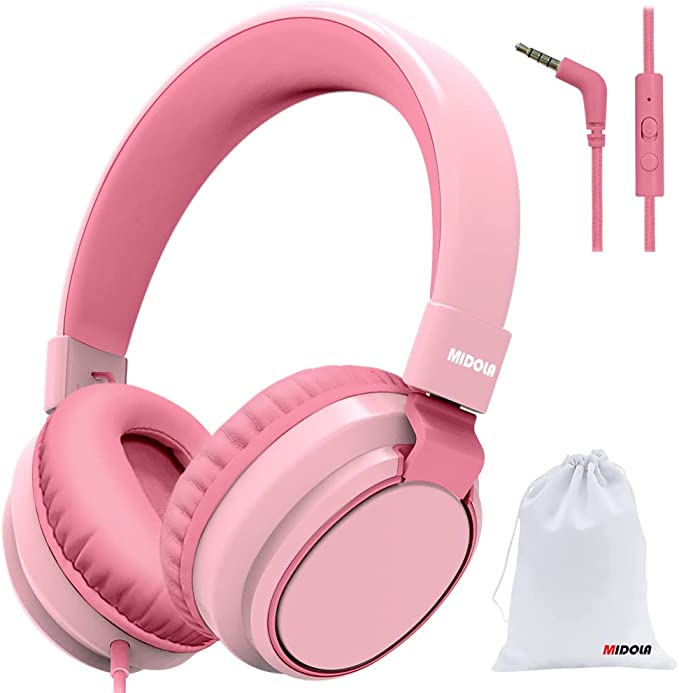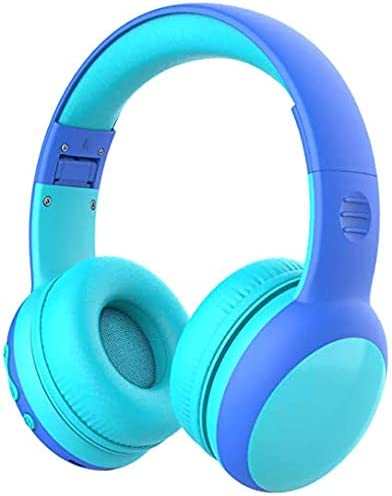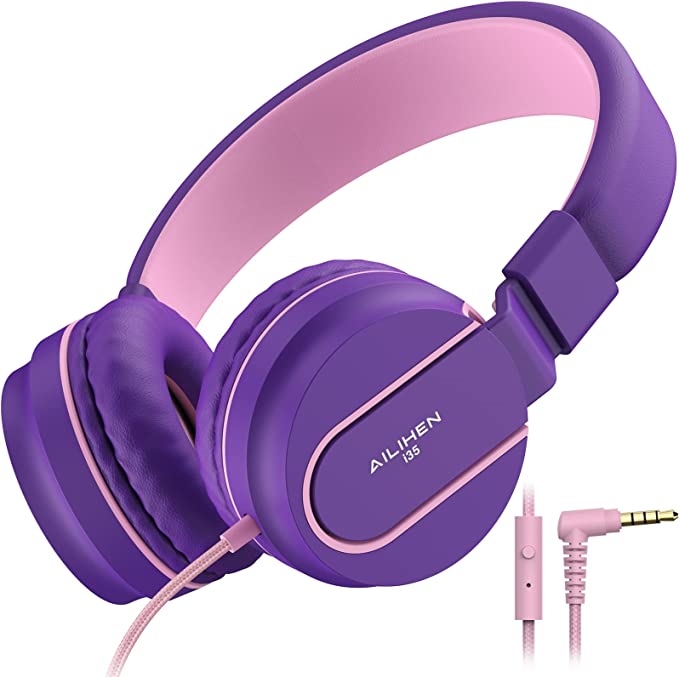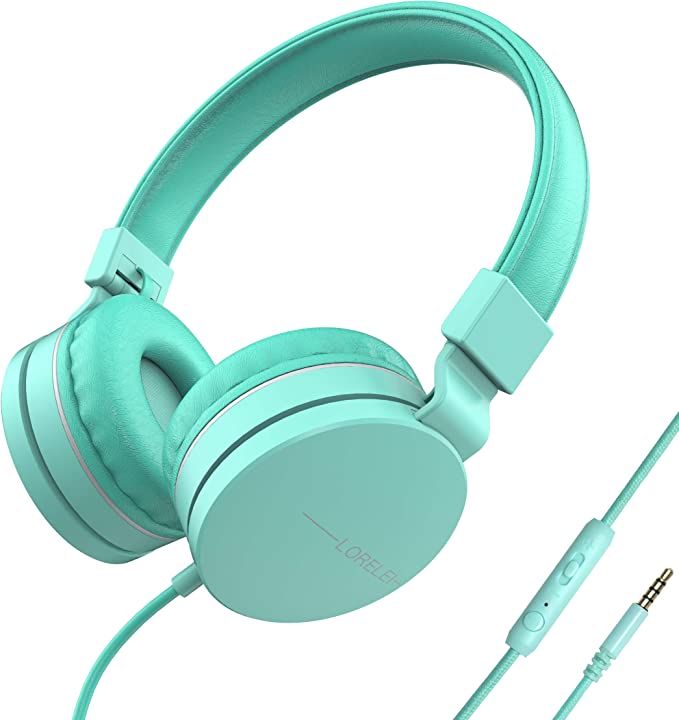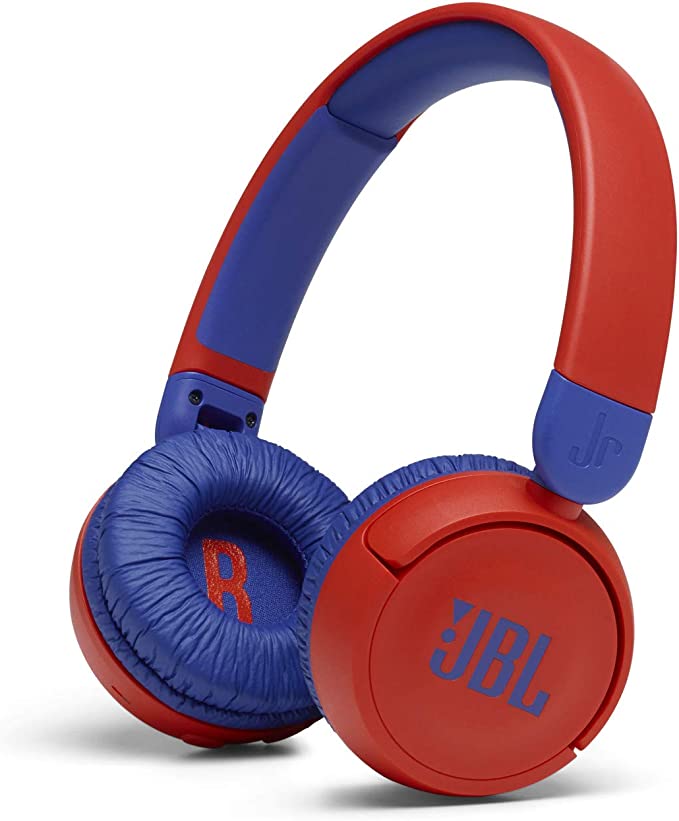Bywulanda Kids Headphones: Safe Listening for Little Ears
Update on March 20, 2025, 1:02 p.m.
The joyful sounds of childhood – laughter, music, stories – are precious. But in our increasingly noisy world, those sounds are under threat. Noise-induced hearing loss (NIHL) is a growing problem among children, and it’s entirely preventable. The World Health Organization estimates that over 1 billion young people are at risk, often due to unsafe listening habits with headphones and earbuds. This isn’t just about turning down the volume; it’s about understanding how sound affects developing ears and taking proactive steps to protect them.

Meet Amy
I remember a little girl named Amy, a bright-eyed seven-year-old who loved listening to audiobooks. Her mother, Sarah, brought her to my clinic with a growing concern. Amy was starting to say “What?” more frequently, and she seemed to struggle to hear in busy environments like the playground. It broke my heart to see the worry in Sarah’s eyes.
After a thorough examination, I confirmed Sarah’s fears: Amy had early signs of noise-induced hearing loss. The culprit? Prolonged exposure to high-volume audio through standard headphones. Amy’s story, sadly, isn’t unique. Many parents are unaware of the potential damage that seemingly harmless headphones can cause.
The Science of Sound and Little Ears
So, what makes sound “loud,” and how does it harm delicate ears? Sound travels in waves, and the intensity of those waves is measured in decibels (dB). A whisper registers around 30 dB, a normal conversation about 60 dB. But here’s the crucial part: prolonged or repeated exposure to sounds at or above 85 dB can cause permanent damage to the hair cells in the inner ear. These tiny, delicate structures are responsible for converting sound vibrations into electrical signals that our brain interprets as sound. Once damaged, they don’t regenerate.
Think of it like blades of grass. A gentle breeze might make them sway, but a powerful gust of wind can flatten them permanently. Similarly, loud sounds can overwhelm and permanently damage the hair cells.
Children’s ears are particularly vulnerable because their auditory systems are still developing. The ear canal is shorter, and the structures within the ear are more delicate. This means that sound reaches the inner ear with greater intensity, increasing the risk of damage.
(Illustration: A simple, labeled diagram of the human ear, highlighting the outer ear, middle ear, inner ear, and hair cells. This could be a cross-section.)
Why 94dB? A Closer Look
You might be thinking, “If 85dB is the recommended safe level, why do Bywulanda Kids Headphones have a 94dB limit?” That’s an excellent question. While 85dB is ideal for continuous listening over long periods, 94dB provides a reasonable balance between safety and usability in real-world environments.
Imagine your child is on a plane or in a car. The ambient noise level can be quite high. Headphones with an 85dB limit might be too quiet to hear clearly over the background rumble, leading a child to try to override the limit (if possible) or simply not use the headphones at all. A 94dB limit allows for clearer listening in noisier environments while still providing a significant level of protection compared to unrestricted headphones, which can easily reach levels above 100dB. It is a better choice.

Key Features Details
Bywulanda kid headphones are designed with a built-in 94dB volume limiter. The 94dB volume limiter act as a gatekeeper for sound. It is achieved through careful engineering of the headphone’s drivers and internal circuitry.
The Bywulanda headphones use 40mm drivers. The size of the driver (the part of the headphone that produces sound) isn’t directly related to loudness. Larger drivers can potentially produce louder sounds, but they can also produce better sound quality at lower volumes. The 40mm drivers in the Bywulanda headphones are designed to deliver clear audio without needing to be excessively loud.
The 47.2-inch (approximately 120cm) cable length is a thoughtful design choice. It provides enough slack for comfortable movement without being so long that it becomes a tangling hazard.
The weight of the headphones is around 5.6 ounces. Making them relatively lightweight. This is crucial for comfort, especially for younger children. Heavy headphones can put pressure on the head and ears, leading to discomfort and discouraging use.
Beyond Volume: Other Threats to Hearing
While volume is a major factor, it’s not the only threat to a child’s hearing. Other factors include:
- Ear Infections: Frequent ear infections can damage the middle ear and lead to hearing loss.
- Genetics: Some children are genetically predisposed to hearing problems.
- Exposure to Certain Medications: Some medications can have ototoxic (ear-damaging) side effects.
- Head Injury.
Protecting Your Child’s Hearing: A Practical Guide
Here are some practical steps you can take to protect your child’s hearing:
- Limit Exposure: Encourage breaks from headphone use. The “60/60 rule” is a good guideline: no more than 60 minutes of listening at 60% of the maximum volume.
- Monitor Volume Levels: Teach your child to set the volume at a comfortable level, where they can still hear you if you speak to them.
- Create Quiet Zones: Designate quiet times and spaces in your home, free from loud noises.
- Regular Hearing Check-ups: Schedule regular hearing check-ups with a pediatrician or audiologist, especially if you have any concerns.
- Use Ear Protection: In noisy environments (concerts, sporting events), use earplugs or earmuffs.
Choosing the Right Headphones: What to Look For
When choosing headphones for your child, consider the following:
- Volume Limiting: Look for headphones with a built-in volume limiter, ideally around 85dB, but 94dB is acceptable for occasional use in noisier settings.
- Comfort: Choose headphones with soft, padded earcups and an adjustable headband. On-ear or over-ear headphones are generally more comfortable than earbuds for children.
- Durability: Kids can be tough on their belongings, so choose headphones that are built to last.
- Size and Fit: Make sure the headphones are appropriately sized for your child’s head.
The Bywulanda Promise: Safe, Comfortable, and Fun
Bywulanda Kids Headphones are designed to meet all of these criteria. They offer:
- A 94dB volume limit, as we have discovered.
- Soft, breathable ear cushions for a comfortable fit.
- A durable, flexible headband that can withstand bending and twisting.
- A standard 3.5mm jack for compatibility with most devices.
- A kid-friendly design in a variety of colors.

A Sound Investment
Protecting your child’s hearing is an investment in their overall well-being. By choosing Bywulanda Kids Headphones and following the tips outlined above, you can help your child enjoy the sounds of life safely and for years to come. It’s a small step that can make a big difference.

